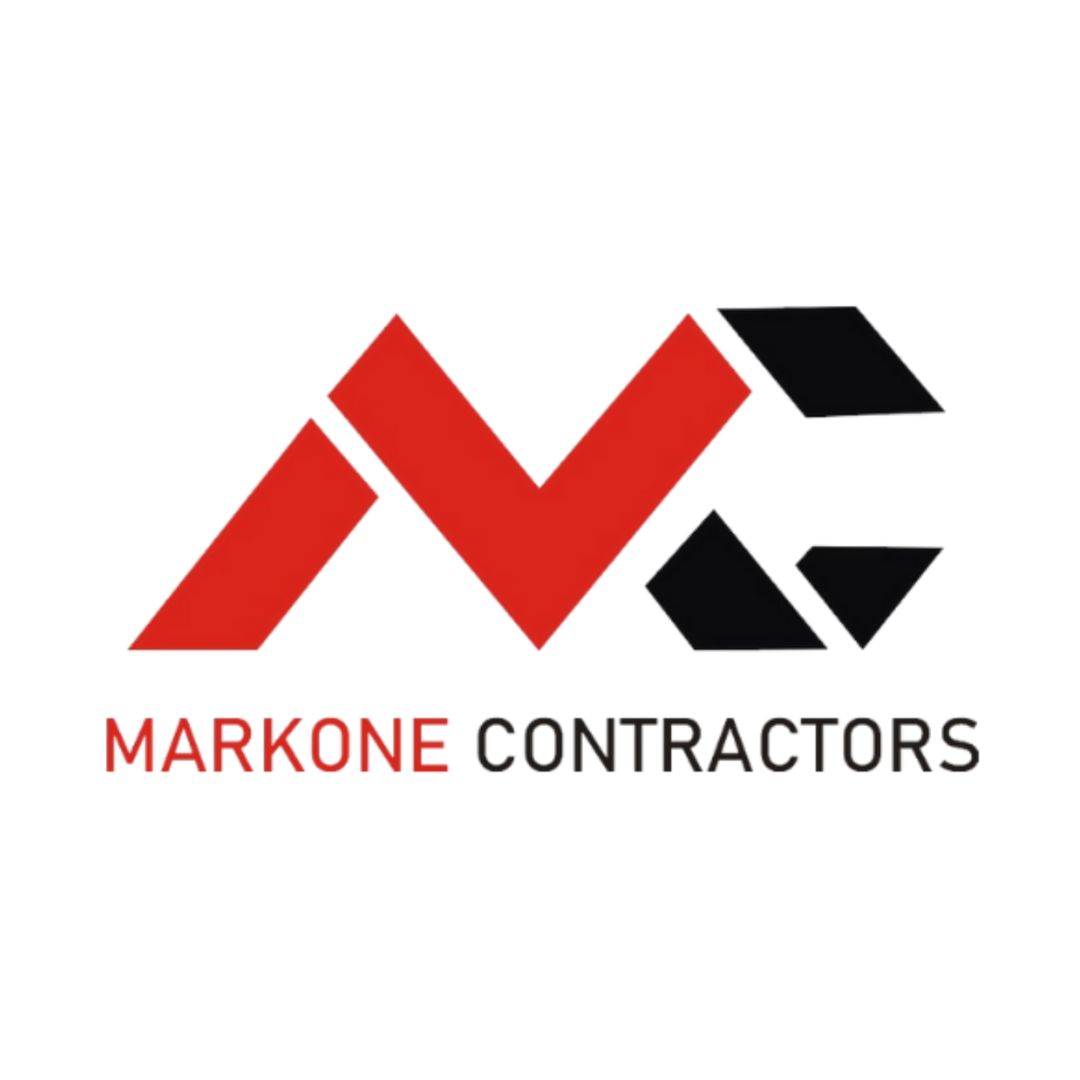- Homepage
- New Construction Cost Estimator
New Construction Cost Estimator
Leading provider of dock construction estimating.
Florida House Construction Cost Calculator
Estimate Florida Consulting, the new Construction Cost Estimator, provides valuable insights into the average cost of building a house in Florida. In the Sunshine State, the average home building cost is approximately $295,000. This figure can vary significantly depending on factors like size and location. For those looking to build a smaller home with 800 square feet, the minimum cost may be around $117,600. On the other hand, those interested in a larger, 5,000-square-foot residence could expect costs to reach a maximum of $735,000. The average cost range falls between $240,000 and $350,000, making it essential for prospective homeowners to consider their specific needs and budget when planning their new construction projects.
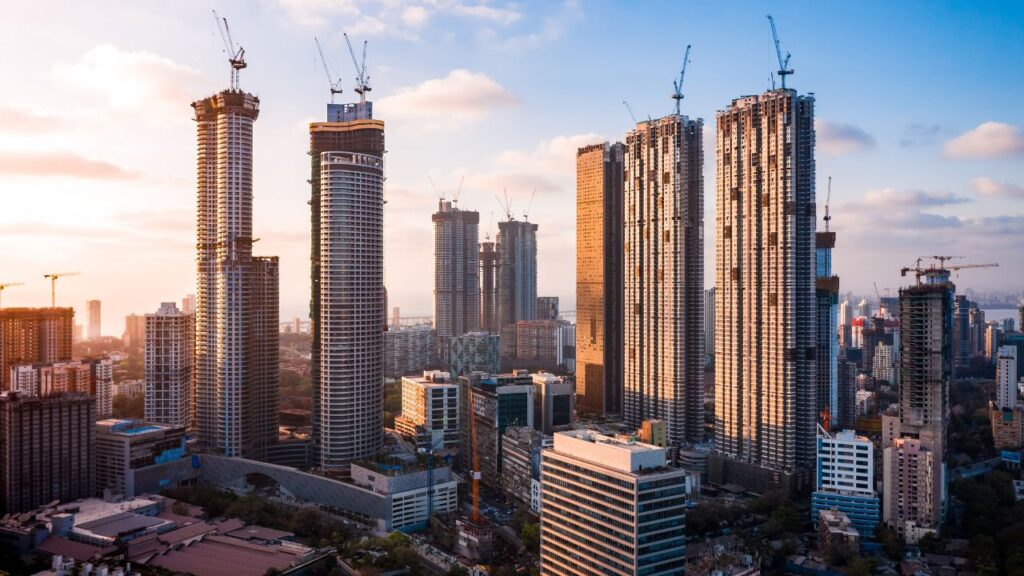
Factors Impacting Commercial Construction Costs
When it comes to commercial construction, several crucial factors influence the overall project cost. Companies and contractors need to consider these elements to determine the actual cost per square foot. Let’s delve into the key determinants:
Location
Geographic location is a significant cost driver. High-demand areas like Los Angeles or New York City tend to have higher construction costs due to limited space and elevated labor expenses caused by a higher cost of living.o consider these elements to determine the actual cost per square foot. Let’s delve into the key determinants:
Building Permits
While typically accounting for less than 3% of total construction costs, building permits are a necessary budget consideration. Permit costs vary by city, so understanding local regulations is essential.
Building Quality
The quality of the building is a defining factor in cost. Class A quality standards, featuring top-tier fixtures and amenities, are the most expensive to build. Class B and C standards offer fewer modern amenities, thus costing less.
Labor Costs
Labor costs can account for up to 40% of the budget. This includes wages, taxes, benefits, and training for skilled workers. The labor intensity of the project, project timeline, and regional cost of living all impact labor expenses.
Decoration and Finishes
Interior and exterior finishes, such as lighting fixtures, insulation, flooring, and decorative elements, contribute significantly to the budget. These elements can quickly raise the project’s overall cost.
HVAC and Electrical Systems
The installation of HVAC, plumbing, and electrical systems represents a substantial portion of the total cost. Collaboration with mechanical and electrical contractors to select functional and energy-efficient options can help manage costs.
Building Materials
The choice of building materials can alter the project’s total cost. Modular construction, for example, is cost-effective compared to structures using highly fabricated steel. Using eco-friendly or recycled materials can also reduce costs.
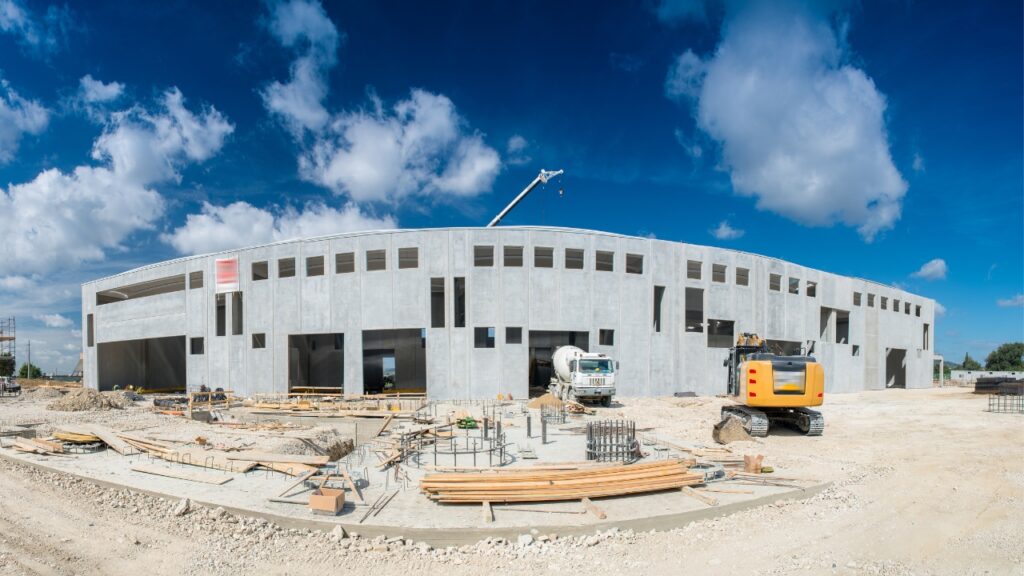
Building Type
Larger buildings, like skyscrapers, universities, and hospitals, tend to be more expensive to construct than smaller ones due to increased engineering, labor, materials, and safety requirements. These additional expenses must be considered when undertaking large-scale projects.
We Provide 3D Rendering Services!
For Commercial and Residential Building
Turnaround time is 1-2 days
Win More Projects With Us
Commercial Construction Cost by Building Type
When it comes to commercial construction, the type of building significantly impacts the average cost per square foot. The data below, sourced from Cummings Construction Market Analysis, provides a breakdown of the average costs for nine types of commercial buildings in the United States:
Building Type | Average Cost per Square Foot |
Single-story offices | $391.25 |
High-rise offices | $825.00 |
Schools | $408.75 |
Universities | $705.00 |
Manufacturing facilities | $453.75 |
Healthcare facilities | $835.00 |
Museums and entertainment | $1,115.00 |
Shopping centers | $492.50 |
Parking structures | $133.75 |
The average construction cost per square foot varies based on the specific type of structure. Let’s delve into each of these building types and their associated costs.
Commercial Office Construction Costs
To estimate the cost to build a commercial office building, you need to consider both the size and the number of floors. On average in the United States, a single-story office building costs about $437.50 per square foot, while mid-rise structures cost around $781.25 per square foot, and high-rise offices can go up to $906.25 per square foot. These variations in cost are due to factors like the use of more expensive building materials in taller buildings, compliance with stricter building codes, and higher labor expenses. Using a cost to build estimator, you can better understand these factors to get a clearer idea of what your project might cost.
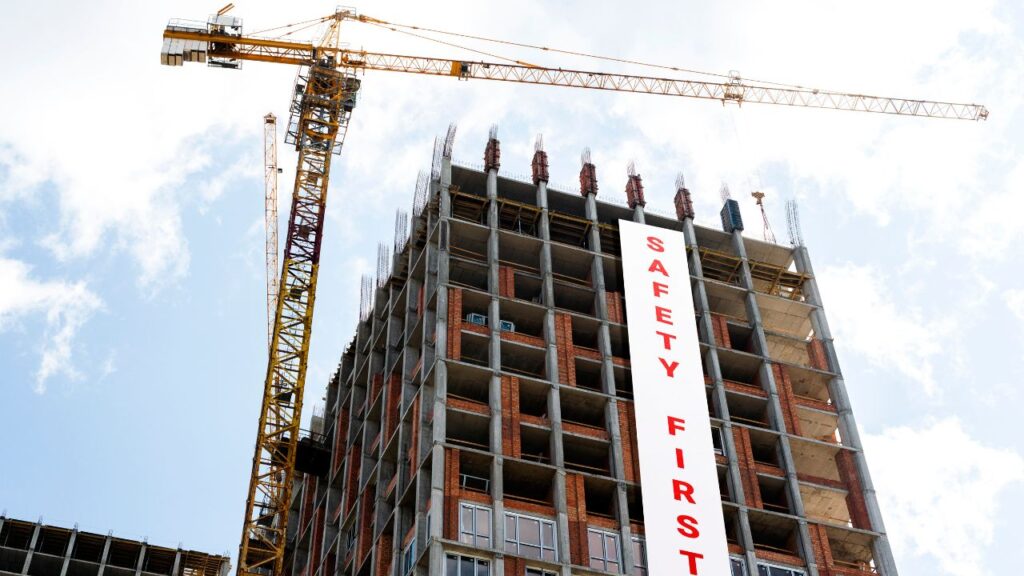
Manufacturing Facilities Construction Expenses
Construction costs for manufacturing facilities vary significantly based on their intended purpose. Regional distribution warehouses typically average around $300 per square foot, whereas technology laboratories can surge to approximately $843.75 per square foot. Structures demanding advanced electrical or safety systems often incur added labor and material expenses.
Schools and Universities Building Costs
Schools and university buildings play a pivotal role in our communities, making it crucial to understand their construction costs. Elementary through high school buildings typically range from $393.75 to $473.75 per square foot, while university structures exhibit more variability based on their function. University building cost averages include:
Dormitories: $431.25/sq. foot
Classroom Buildings: $743.75/sq. foot
Administrative Buildings: $775.00/sq. foot
Laboratory Buildings: $1,000.00/sq. foot
Business Finance Loan
Find out if you're pre-qualified in seconds

Get Prequalified Now
IMPORTANT: Make sure the email and phone number you enter are correct. We will email and text you a link to get started.
Hospitals and Healthcare Facility Construction Expenses
Given their specialized nature, hospitals, primary care clinics, and healthcare facilities generally entail higher construction costs. Here’s a breakdown for healthcare facilities:
Medical clinics or offices: $662.50/sq. foot
Specialty Clinics: $831.25/sq. foot
Acute Care Facilities: $1,187.50/sq. foot
Public Spaces and Community Building Costs
Public commercial structures encompass a range of building types, from police stations and government administrative buildings to museums and recreational facilities. On average, museums and performing arts buildings tend to be the costliest at approximately $1,150 per square foot, while other community buildings average around $718.75 per square foot.
Shopping Centers and Parking Structure Expenses
Regional malls and strip malls fall within a moderate cost range for commercial projects, with an average construction cost of approximately $718.75 per square foot. However, many of these projects necessitate additional parking structures to accommodate high customer traffic. Underground multi-level parking garages contribute an extra average cost of $206.25 per square foot, while above-ground parking lots add approximately $106.25 per square foot to the overall expenses.
Strategies to Reduce Commercial Construction Expenses
Cutting costs while maintaining quality and safety is a top priority for many in commercial construction. Here are four effective strategies to potentially save money on your construction project:
Value Engineering
Value engineering is a method that focuses on enhancing product functionality while keeping expenses in check. By reevaluating project plans, you may discover opportunities to streamline processes and opt for more cost-effective materials, all while achieving the same results. Value engineering seeks a balance between functionality and cost, promoting innovation throughout projects.
Sustainable Construction
Incorporating sustainable construction materials and practices can yield long-term cost savings. Sustainable practices that can reduce expenses include:
Using recycled materials
Prioritizing durability
Implementing energy-efficient systems
Employing water-saving technologies to reduce water waste
Installing energy-efficient windows
While some of these practices may involve higher initial costs, they often result in significant savings for project owners while benefiting the environment.
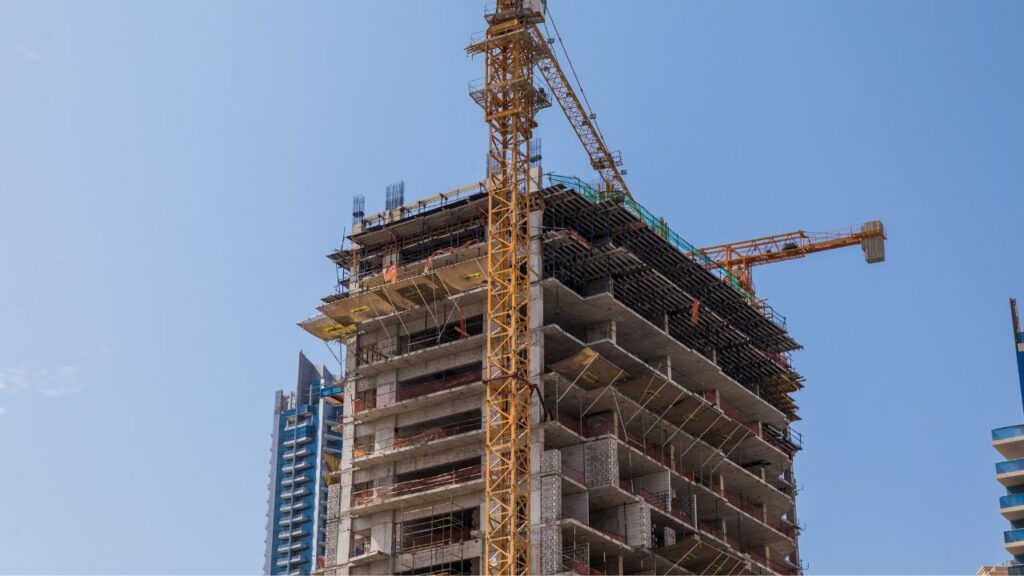
Bulk Purchasing
Procuring materials in bulk can save both money and time on a commercial construction project. Many material suppliers offer substantial discounts for larger purchases. Instead of buying materials multiple times throughout a project, consider bulk ordering all necessary materials at the project’s outset whenever feasible.
Equipment Rental
For specialized equipment required in a construction project, purchasing can be prohibitively expensive. Opting to rent equipment from a reputable construction rental company is a cost-effective alternative. Equipment rental not only saves time and money but also provides access to top-quality tools without the hefty purchase cost.
When considering equipment rental for your project, choose a trusted provider lik, offering a diverse range of high-quality construction equipment and nationwide delivery and pickup services in all 50 states. From earthmoving machinery to dumpster rentals and storage solutions, it simplifies equipment rentals for your convenience.
Download Template For Wiring & Rewiring Project Breakdown
- Materials list updated to the zip code
- Fast delivery
- Data base of general contractors and sub-contractors
- Local estimators
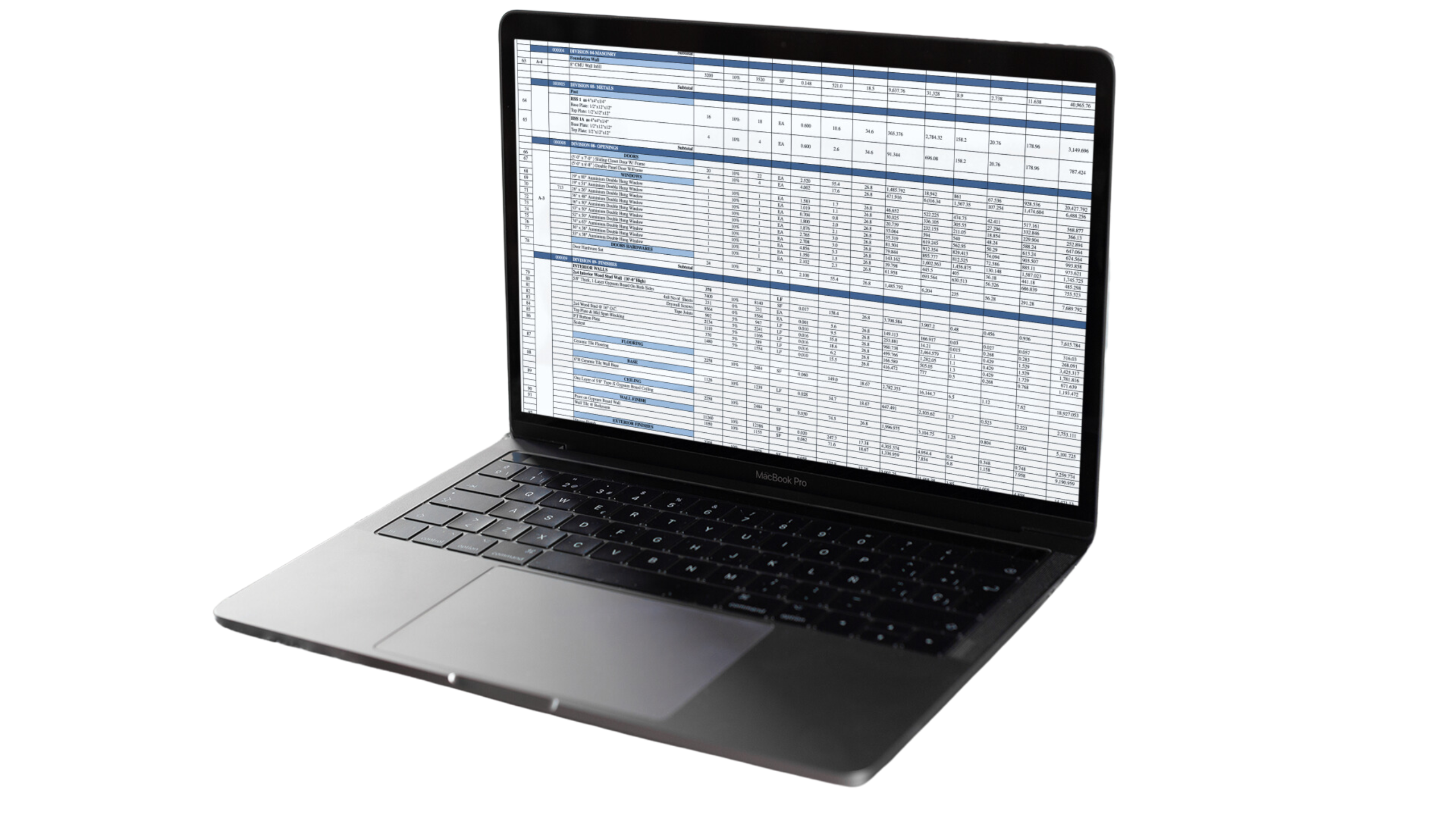
Average Cost to Build a House per Square Foot
As of 2024, the estimated cost to construct a new home now falls within the range of $125 to $250 per square foot, indicating that a 2,500-square-foot house would typically cost between $312,500 and $625,000.
It’s important to bear in mind that several variables can influence these figures, including:
- Location
- Current Materia cost
- Quality of the Finishes
- Whether It’s a Standard Floor Plan or a Custom Build
- The Home’s Features
For instance, a high-end luxury residence equipped with upscale features like granite countertops, smart home technologies, crown molding, and more, may incur costs in the vicinity of $500 to $625 per square foot.
When considering these various factors, the revised average cost for building a new house in the USA now stands at $310,000, with the range spanning from $222,500 to $520,000, contingent on the property’s size and geographic location.
Residential Construction Costs Breakdown
When estimating residential construction expenses, it’s essential to categorize the costs into three primary segments.
Pre-Construction Costs
House Plans: Ranging from several hundred dollars for pre-prepared plans to $10,000 or more for custom house plans.
Initial Estimates: Prepared based on the bid set with house plans, and other project-relevant information provided by the client.
Land Purchase: Land costs fluctuate based on location and size. In housing developments, average lots can range from $62,500 to $125,000, while rural areas may offer undeveloped land for a few thousand dollars.
Land Prep: This includes expenses such as connecting to utilities, land surveying, soil testing, and clearing trees, excavation, and grading.
Permits: The cost for obtaining necessary permits, often ranging from $625 to $2,500, with urban areas incurring higher fees and rural areas less.
Residential Construction Costs
The actual construction costs pertain to the home’s structural components without any finishing touches. These expenses usually divide into 50% materials and 50% labor and cover:
Foundation: Costs vary from $7,500 to $37,500, depending on whether it’s a concrete slab (cheapest) or a full basement (most expensive).
Framing: This vital structural component ranges from $25,000 to $62,500.
Building Systems (Plumbing, Electrical, HVAC): Materials and labor-intensive installation typically cost between $37,500 and $93,750.
Exterior Finishes: Encompassing siding, roofing, exterior windows & doors, brick, stucco, and related elements, with an estimated cost of $37,500 to $75,000.
Interior Home Finishing Costs
The overall expenditure on interior finishes can fall between $50,000 and $187,500 or more. High-end finishes, characterized by their costliness and labor intensity, significantly contribute to the home’s total cost. Key items within interior finishing costs include:
Cabinets: $3,750-$37,500
Countertops: $1,250-$6,250
Flooring: $12,500-$50,000
Paint: $5,000-$13,750
Lighting: $2,500-$16,250
Interior Doors: $6,250-$25,000
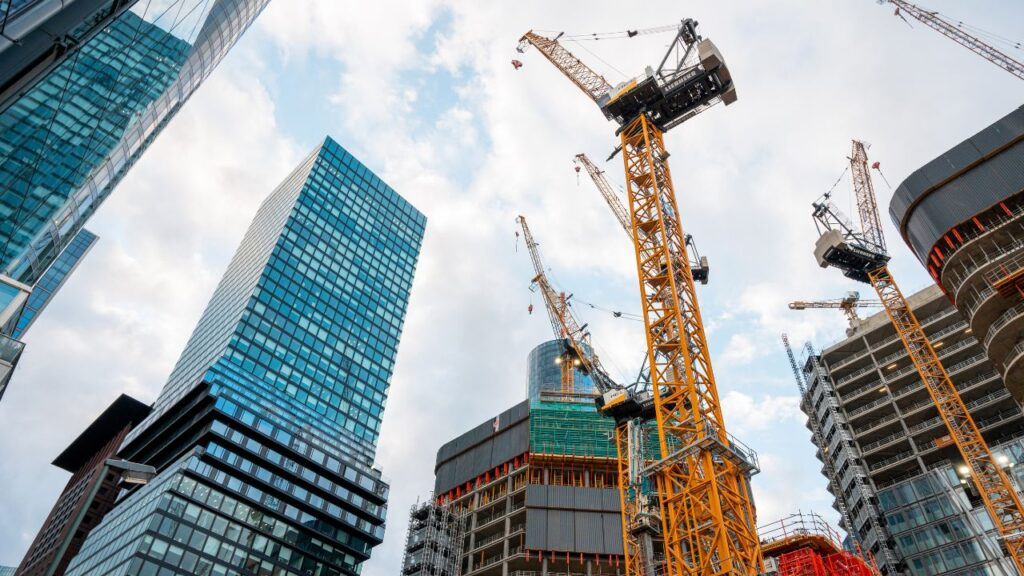
While calculating these expenses can be complex, these estimations provide a baseline for budget planning. Please keep in mind that actual costs may vary based on specific project requirements and regional factors.
Methods for Residential Construction Cost Estimation
Builders employ various techniques to estimate the cost of residential construction. Here are three effective methods:
1. The Unit Pricing Method
The unit pricing method involves assigning a predetermined cost per square foot (or similar units) for different tasks, simplifying the estimation process for components like flooring, drywall, painting, and framing. To create your own unit pricing estimator, follow these steps:
- Examine a previous project, such as painting the interior of a new house.
- Sum up all material costs associated with the project.
- Calculate the total labor costs.
- Include any equipment purchases or rentals.
- Divide the total cost by the square footage of the house.
- Now you have a unit cost per linear foot.
This method streamlines cost calculations, allowing you to quickly estimate expenses for tasks like painting new homes by multiplying the total square footage by the cost per foot. For greater accuracy, divide the cost by the square footage of the painted area, obtained by multiplying the wall’s length by height.
Are You Looking For?

Fully Insured License Hire Subcontractor For Construction Work
Hire Contractor
Make Informed Design Decisions Showcase Your Design Ideas
Get RenderingCall Us To Discuss More at 561-530-2845
2. The Square Foot Method
The Square Foot Method for estimating residential construction costs is akin to unit pricing but involves determining a cost per square foot for the entire home construction rather than specific components. To apply this method:
- Examine several recent home builds.
- Divide the total cost to build (inclusive of materials, labor, overhead, etc.) by the total square footage of the home to establish the cost per square foot.
This approach provides a comprehensive cost estimate for the entire residential construction project, simplifying budget planning and ensuring a well-rounded understanding of expenses.
Estimating Residential Construction Costs: Methods for Builders
When it comes to estimating the cost of residential construction, builders can employ various methods, each tailored to specific project needs.
1. The Unit Pricing Method
The Unit Pricing Method involves charging a predetermined cost per square foot (or equivalent units) for various construction tasks, such as flooring, drywall, painting, and framing. To create your own unit pricing estimator:
- Examine a past project, e.g., painting the interior of a new house.
- Sum up all material costs associated with the task.
- Calculate the total labor expenses.
- Include any equipment purchases or rentals.
- Divide the total cost by the square footage of the project.
By using this method, you’ll obtain a unit cost per linear foot. The next time you need to estimate the cost for a similar task, multiply the total square footage by the cost per foot. For more precise estimates, divide the cost by the square footage of the specific area painted, calculated by multiplying the wall length by height.
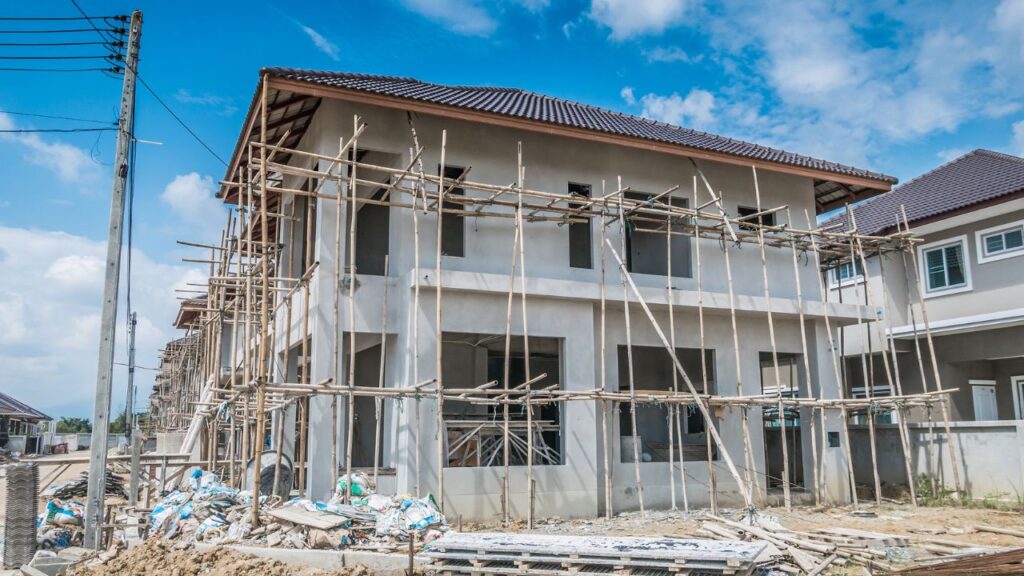
2. The Square Foot Method
Similar to the Unit Pricing Method, the Square Foot Method estimates residential construction costs based on a cost per square foot. However, here, you’re determining the cost per square foot for the entire home construction:
- Analyze recent home builds.
- Divide the total cost to build (including materials, labor, overhead, etc.) by the total square footage of the home.
You can now calculate the average cost per square foot. For estimating a project with residential home plans, simply multiply the total square footage by your adjusted average cost per square foot.
– Example: 2,400 square foot home x $139.85 = $335,640
The Square Foot Method proves invaluable when you need to swiftly create estimates, especially for last-minute project bids. Home design software can facilitate customization of plans, offering up-to-date square footage calculations for rapid estimates.
3. The Rule of Two Methodoot Method
The Rule of Two Method is a handy tool for swiftly estimating costs in cases of frequently performed jobs. It relies on the principle that construction expenses are typically split equally between materials and labor (50% materials, 50% labor).
So, if you have the cost for either materials or labor, simply double it to acquire the total estimate. For example, if you estimate that repainting a dining room and kitchen would take two workers two days, with each worker earning $250 per day, the labor cost would be $1,000. Doubling that amount gives you an estimate of $2,000 for the entire job.
FAQs for New Construction Cost Estimator Blog:
The average cost of building a house in Florida is approximately $295,000, but it can vary depending on factors such as size and location.
The minimum cost for building a smaller 800-square-foot home in Florida may be around $117,600.
The maximum cost for building a 5,000-square-foot residence in Florida could reach up to $735,000.
The average cost range for building a house in Florida typically falls between $240,000 and $350,000.
Several factors can impact commercial construction costs, including location, building permits, building quality, labor costs, decoration and finishes, HVAC and electrical systems, building materials, and building type.
Labor costs can account for up to 40% of the budget in commercial construction, and they include wages, taxes, benefits, and training for skilled workers.
Value engineering is a method that focuses on enhancing product functionality while keeping expenses in check. It involves reevaluating project plans to discover cost-effective materials and processes while achieving the same results.
Sustainable construction practices, such as using recycled materials, prioritizing durability, implementing energy-efficient systems, and employing water-saving technologies, can reduce long-term construction expenses while benefiting the environment.
The average cost per square foot varies based on the type of commercial building. The data provided in the blog outlines the costs for various types of buildings, including single-story offices, high-rise offices, schools, universities, manufacturing facilities, healthcare facilities, museums and entertainment, shopping centers, and parking structures.
To estimate the cost of residential construction using the Square Foot Method, you need to analyze recent home builds, divide the total cost by the total square footage of the home, and determine the cost per square foot. You can then use this cost per square foot to estimate the cost for specific residential construction projects.
The Rule of Two Method is a quick way to estimate costs, assuming that construction expenses are typically split equally between materials and labor. You double the cost for either materials or labor to obtain the total estimate.
Conclusion
Understanding the factors that influence construction costs, whether for residential or commercial projects, is vital for accurate budget planning. Location, building permits, quality, labor costs, decoration, materials, and building type all play a significant role in determining the final cost. The type of structure can also greatly impact costs, as demonstrated by the varying average costs per square foot for different commercial building types. To save money in commercial construction, consider strategies like value engineering, sustainable construction practices, bulk purchasing, and equipment rental. For residential projects, estimating costs can be approached through methods like the Unit Pricing Method, the Square Foot Method, and the Rule of Two Method, providing flexibility in budget planning. Keep in mind that various factors, including location and specific project requirements, can lead to cost variations. Ultimately, thorough cost estimation is crucial for successful and cost-effective construction projects.
Process To Get New Construction Estimate Report
Here I am going to share some steps to get your new construction estimate report.
-
You need to send your plan to us.
You can send us your plan on info@estimatorflorida.com
-
You receive a quote for your project.
Before starting your project, we send you a quote for your service. That quote will have detailed information about your project. Here you will get information about the size, difficulty, complexity and bid date when determining pricing.
-
Get Estimate Report
Our team will takeoff and estimate your project. When we deliver you’ll receive a PDF and an Excel file of your estimate. We can also offer construction lead generation services for the jobs you’d like to pursue further.
Google Reviews

